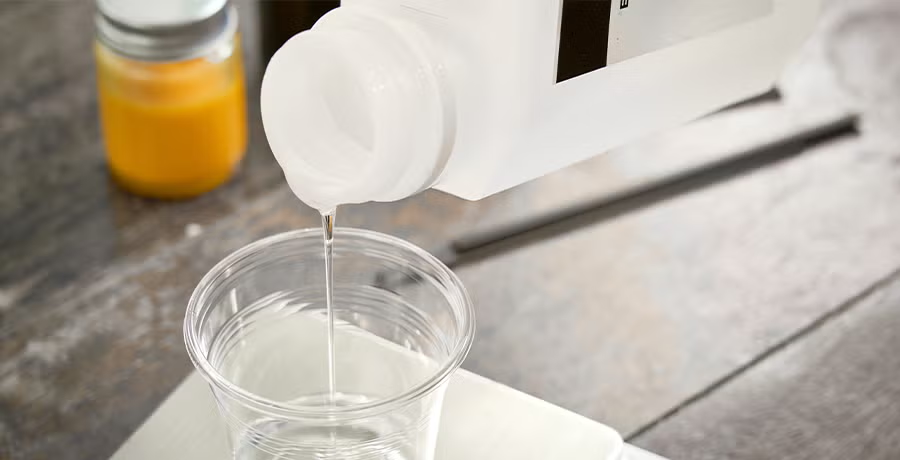Today’s scientific equipment and techniques allow the measurement of very small amounts of particles. “Parts per” is the usual way scientists talk about contents, or concentrations, of a chemical in air or water. When scientists measure down to parts per million, billion or trillion, it is important to have some sense of just how much—or how little—they are talking about.
Measuring a Part per Million

A part per million may be hard to comprehend or visualize. Want to see how much it is?
It’s a credit card lying in the middle of a football field.
One step, on a 568-mile walk.
Or one minute, in a two-year span.
What’s A Part per Billion?
Taking that further, a part per billion is one thousand times smaller than that credit card on the football field, for example, or one heartbeat in 27 years for an average male (70 heartbeats per minute).
When it comes to substances we take in when we eat, breath, or absorb something through our skin, the comparisons are made relative to body weight. Normally scientists talk in terms of “milligrams (of material ingested) per kilogram (of body weight).” A milligram is one thousandth of a gram (a gram is about 3/100 of an ounce), and a kilogram is one thousand grams (or about two pounds). A milligram of a material ingested per kilogram of body weight is the equivalent of one part per million.
Want to see what taking in a milligram per kilogram of your body weight amounts to?
It’s the equivalent of 726 people, each weighing 150 pounds, sharing a chocolate bar.
Obviously, none of those people is going to get a very large piece of that chocolate bar. Now if that were an equivalent amount of a deadly poison such as cyanide, it might still cause some harm. That is why those tests on rodents are done—to reveal how much of a particular substance it would take to cause a negative health effect, at least in rodents. Although the results of rodent testing may not always be relevant to humans, they are generally used as a basis for establishing safe levels of exposure to a substance.
What about Diisocyanates?
Where do diisocyanates come in to this picture? To protect consumers and workers, a robust system of regulations and industry initiatives oversees the use of diisocyanates, enhances scientific understanding and makes safety information available. Visit the Consumer Safety and Diisocyanates section to learn more.
Specific to worker safety, regulatory authorities and other related organizations in many countries have devised and adopted occupational exposure limits (OELs) in the air for diisocyanates. OELs are intended to set the airborne concentrations of substances to which workers can be exposed on a daily basis for their working lifetime without significant risk of material adverse effects. OELs are normally set for an eight hour day and are expressed as an 8-hour time-weighted average. In many cases, a short-term (15-minute) exposure limit is also established.
For MDI in the United States, these are commonly 20 parts per billion (ppb) for short-term exposure limit and 5 ppb for an 8 hour time-weighted average value. For TDI in the United States, these are commonly 5 parts per billion (ppb) for short-term exposure limit and 1 ppb for an 8 hour time-weighted average value. These OELs have been set by the Occupational Safety and Health Administration (OSHA) or the American Conference of Governmental and Industrial Hygienists (ACGIH). Current regulations should always be consulted for compliance purposes. To help protect workers, the DII industry uses many tools to monitor worker exposure as outlined in the Industrial Hygiene section.